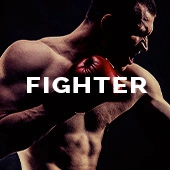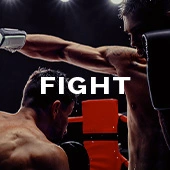Bob Arum believed the rematch between Tyson Fury and Deontay Wilder would be a raging commercial success with the co-promotion of ESPN and Fox networks and yield upward of 2 million pay per view purchases.
The final tally after Fury’s one sided beating of Wilder yielded 800,000 PPV buys.
Mark Taffet, formerly the senior vice president of sports operations and PPV and essentially the creator of the PPV model for boxing in 1991, believes that number could perhaps reach 1.5 million PPV buys once the heavyweights get back into the ring on a date tentatively penciled for Oct. 3.
Taffet pointed to the promotion of the fight leading up to the sequel, and the total number of viewers who have watched the replays since to what he believes should translate into more success down the line.
“They can potentially double the numbers the next time they fight,” Taffet, who’s currently the manager of Claressa Shields, told BoxingScene.com in an interview. “I think the expectations by many people was that the fight would perform better, yet, it was another great reminder about the importance of the sport being available broadly … Giving PPV projections works against negotiations. When you raise the stakes and set the bar too high with the media, you set yourself up for failure for not meeting expectations, even though you do extremely well.”
Taffet preceded over 190 HBO PPV events that generated 65 million buys and $3.6 billion in pay-per-view revenue in 25 years at HBO.
During his heyday, he would check the temperature of a PPV by phoning his two brothers and gauging their interest.
“I would ask them, are you watching the fight Saturday.’ If they said, ‘yes’ I knew we had 1.5 million buys. If they said ‘no’ I knew we would struggle,” said Taffet. “When I asked them about Wilder-Fury 2, they said ‘no’ even though they were two great fighters and characters. They generate a lot of interest and publicity, but they haven’t yet connected in larger environments that every person talks about them.”
Taffet doesn’t think coronavirus, and fans being tighter with their money, will stop them from paying for a product they find value in.
“You have to let the fighters build, and then expose them. Their last fight was a great one, and it ended up being seen by large audiences, even on a delayed basis,” said Taffet. “People think PPV is easy until they do it. 20/20 hindsight proves how difficult it is to convince people that they should stay home and spend good money that they work hard to watch a boxing match.”
Manouk Akopyan is a sports journalist and member of the Boxing Writers Assn. of America since 2011. He has written for the likes of the LA Times, Guardian, USA Today, Philadelphia Inquirer, Men’s Health and NFL.com and currently does TV commentary for combat sports programming that airs on Fox Sports and hosts his own radio show in Los Angeles. He can be reached on Twitter, Instagram, LinkedIn and YouTube at @ManoukAkopyan or via email at manouk[dot]akopyan[at]gmail.com.


